The Red River - the "Mother" river in the Vietnamese mind not only creates geography but also enriches the cultural depth of the entire Northern Delta region.
Over thousands of years, the Red River has nurtured the Thang Long- Hanoi culture, becoming a vital axis for transportation, irrigation and a center of heritage, beliefs, festivals and folk arts.
However, in the context of rapid urban development, this cultural flow is at risk of being disrupted without a comprehensive, systematic and drastic strategy, taking culture and tourism as the core of development.
Heritage by the river
In the subconscious of Vietnamese people, the Red River is associated with the legend of Lac Long Quan-Au Co in the exploration and conquest of the Red River basin. The strangeness and mystery of this river has made Vietnamese people from the beginning until today call it Cai River, the "Mother" of the Red River Delta civilization. This place is also the cradle of a unique festival system such as water procession, Mother Goddess worship, Giong festival... intangible heritages rich in identity preserved by the community from generation to generation.
Along the two banks of the Red River, there are many craft villages, ancient villages, and community living spaces that are considered "living museums" of Vietnamese cultural memory. Bat Trang village is famous for its traditional pottery that has reached out to the world; Kim Lan preserves the water procession festival imbued with agricultural beliefs; Duong Lam ancient village - the first ancient village relic in the country to be awarded the National Historical and Cultural Relic by the State, still preserves intact the architecture and village life in the Xu Doai region.
With the characteristic of "where there is a river, there is a festival," the area along the Red River is also a space for unique folk performances such as Quan Ho, Cheo singing, Ca Tru singing, Van singing... along with a system of communal houses, pagodas, shrines, rural markets, and water wharves, creating a multi-layered cultural map, interweaving spirituality, daily life, and creativity.
However, under the pressure of urbanization and unplanned development, the space on both sides of the river is being divided and fragmented. Lack of connecting infrastructure, lack of heritage conservation and development mechanisms, lack of tourist attractions, etc., has left the great potential of this “cultural flow” untapped.
Unlike major cities in the world such as Paris, London, Seoul - where rivers such as Seine, Thames, Han are honored as the central cultural and landscape axis, the Red River is still like a gap in the development picture of Hanoi. Public space is poor; planning of the middle and dike areas is not synchronized; cultural and artistic activities lack gathering places.

Meanwhile, Hanoi owns “soft golden axes” along the river with strong connectivity: From Co Loa-Kim Lan-Bat Trang to the center of the old town, Hoan Kiem Lake; from Son Tay-Duong Lam to folk performance wharves, contemporary art spaces.
Cultural expert - Associate Professor, Doctor Nguyen Thi Thu Phuong, Director of the Vietnam National Institute of Culture and Arts, emphasized that to develop the cultural industry, there must be a clear legal corridor and a specific resource mobilization mechanism. The construction of cultural space on both banks of the Red River should be viewed as a long-term investment strategy, and bottlenecks need to be removed to use riverside land for culture, arts and public services.
Dr. Le Thi Viet Ha (Hanoi National University) also pointed out that the Red River can completely become a “Cheonggyecheon of Hanoi” if there is a smart-green-sustainable, community-oriented planning vision. However, the problems related to dike planning, riverbank use, land management, etc. need to be resolved soon with a specific mechanism.
Need a strategic push
In the Hanoi Capital Planning for the period 2021-2030, with a vision to 2050, the Red River is identified as the "green axis, central landscape axis" and one of the main spatial axes connecting development regions.
At the same time, the Strategy for the Development of Vietnam's Cultural Industry to 2030 also sets out the goal of developing cultural industries into important economic sectors, thereby contributing to promoting Vietnamese culture and affirming the national brand and position in the international arena.
The development of cultural industries can impact regions, including the Red River region, through the formation of cultural industrial centers, the development of cultural tourism and the preservation of cultural heritage.
However, at present, the cultural and tourism potential of suburban areas, associated with rivers and traditional craft villages, has not been effectively exploited, and tourism products of destinations are still limited.
There are many proposals to exploit the Red River in the direction of developing a chain of cultural and creative spaces along the river: from Co Loa, Kim Lan, Bat Trang, Long Bien to Ho Guom, Gia Lam. It is possible to imagine this inland waterway tourism route from Co Loa to the old town, with stops at craft villages, performance wharves; organizing walking spaces - performing folk art, contemporary exhibitions, night markets in craft villages along the river; building an open cultural park model as a place to gather artists, creative communities, and at the same time organizing festivals and periodic cultural experiences for people and tourists.
Recently, the Hanoi People's Committee has approved the Deo Ca-Van Phu investor consortium to study and propose the project "Building a boulevard and landscape along the Red River." This is considered a breakthrough in implementing the Red River urban zoning plan, which was approved in 2022 but has not had many specific movements.
In particular, the Government Office issued Document No. 6223/VPCP-QHDP conveying the direction of Prime Minister Pham Minh Chinh, requesting ministries and branches to urgently coordinate to implement the Conclusion of General Secretary To Lam on the development of the Capital. In particular, the Red River axis is identified as "a new symbol of development of Hanoi in the new era."
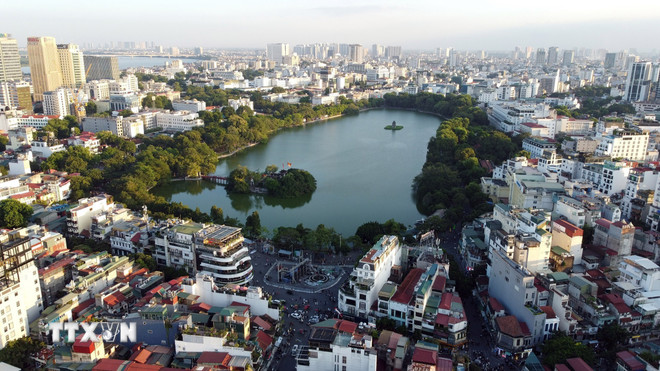
From there, relevant ministries, branches and agencies created favorable conditions for Hanoi to deploy and develop the Red River axis. The Prime Minister assigned specific tasks to each ministry and branch to remove existing bottlenecks, from legal, planning, to investment mechanisms. This clearly demonstrates the high political determination of the Central Government in accompanying Hanoi to turn the Red River into a sustainable, modern and unique development space.
The Red River was once the place that defined the identity of Thang Long, the busiest trading place of the ancient Vietnamese. Today, in order for the "Mother River" to continue to "speak the voice of the times," Hanoi needs to put culture as the core, tourism as the bridge, and community as the center.
That can only be achieved when Hanoi boldly proposes special mechanisms, such as building a "Cultural - Landscape Zone on both banks of the Red River" with its own legal corridors, flexible resource mobilization mechanisms, and investment incentives for cultural - tourism enterprises.
If properly planned and invested, this river will not only be the main landscape axis of the capital, but also a strategic development axis for economy, trade, creativity and tourism, bringing Hanoi closer to the level of major cities in the world. A riverside Hanoi - civilized, creative, worth living will no longer be a distant prospect if we act today with vision and determination./.
Source: https://www.vietnamplus.vn/lay-van-hoa-du-lich-lam-hat-nhan-thuc-day-dong-chay-van-hoa-song-hong-phat-trien-post1048679.vnp




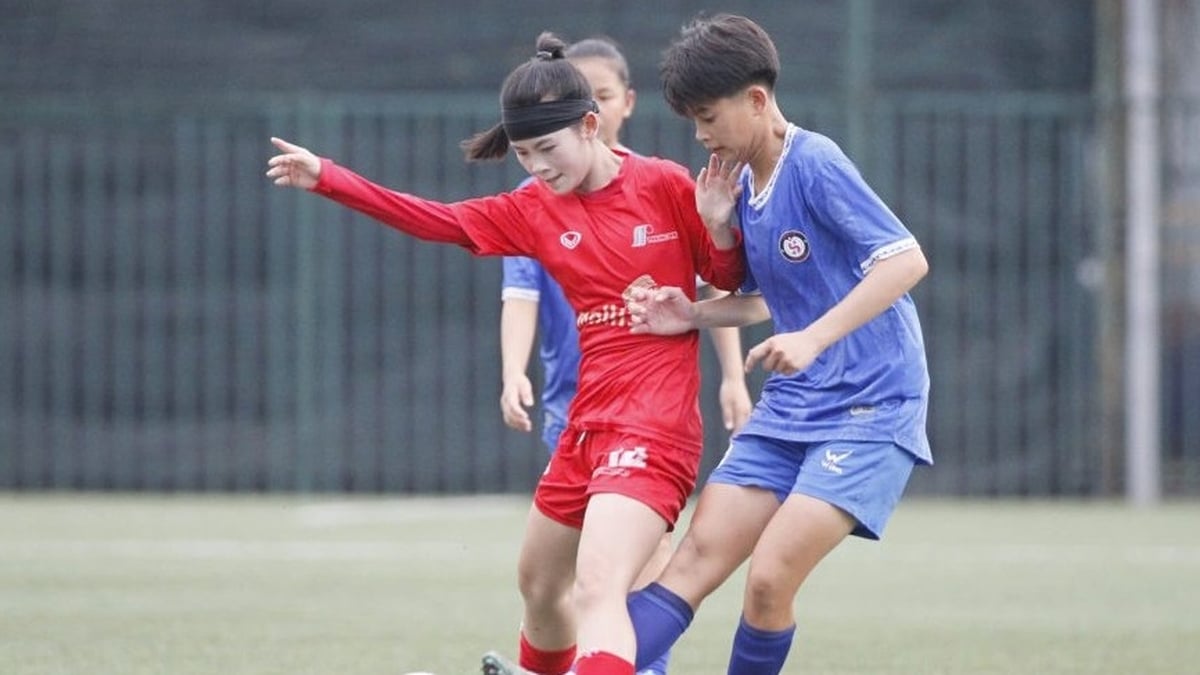

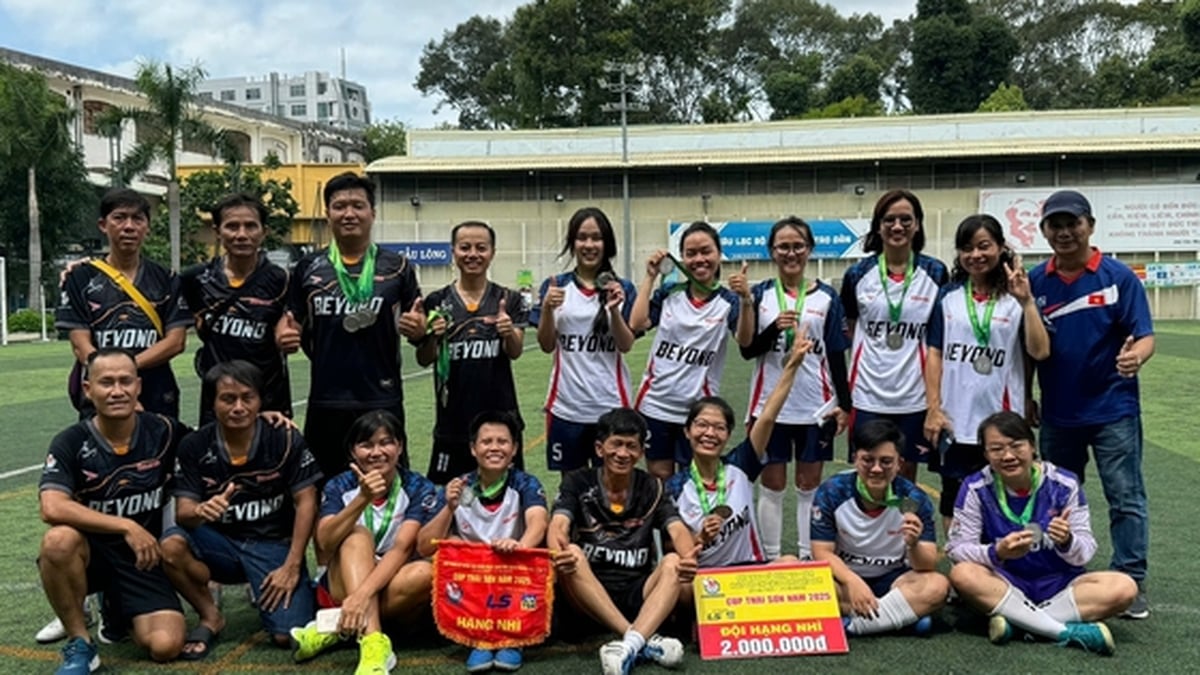
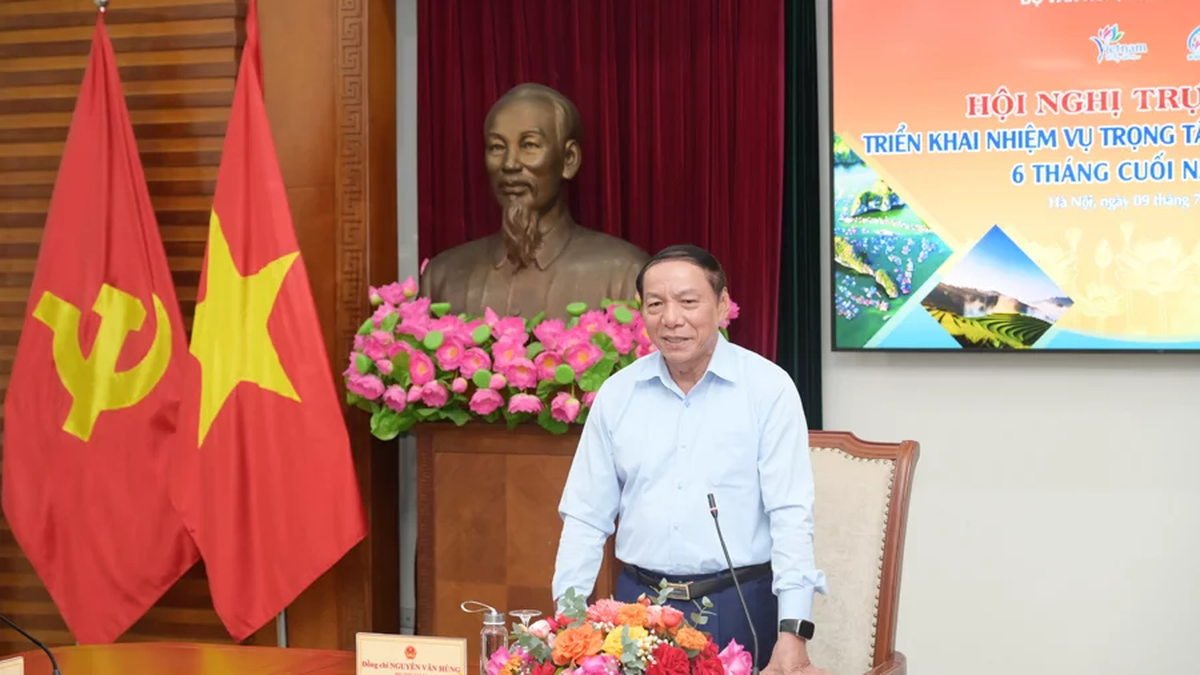

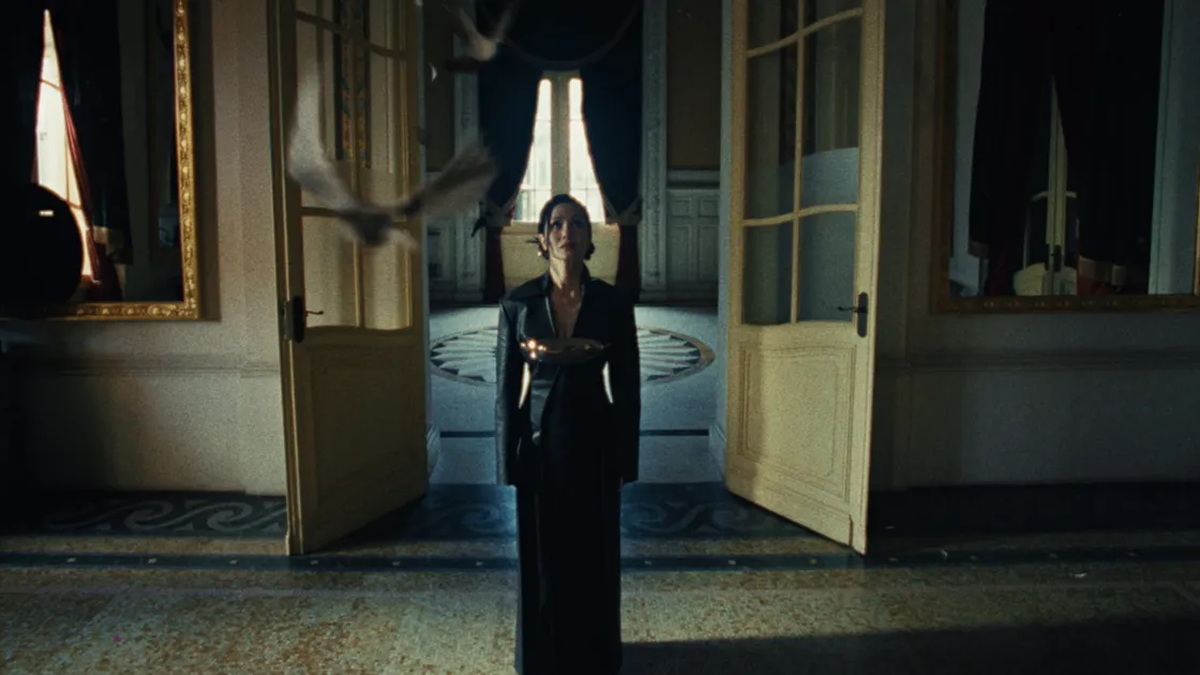
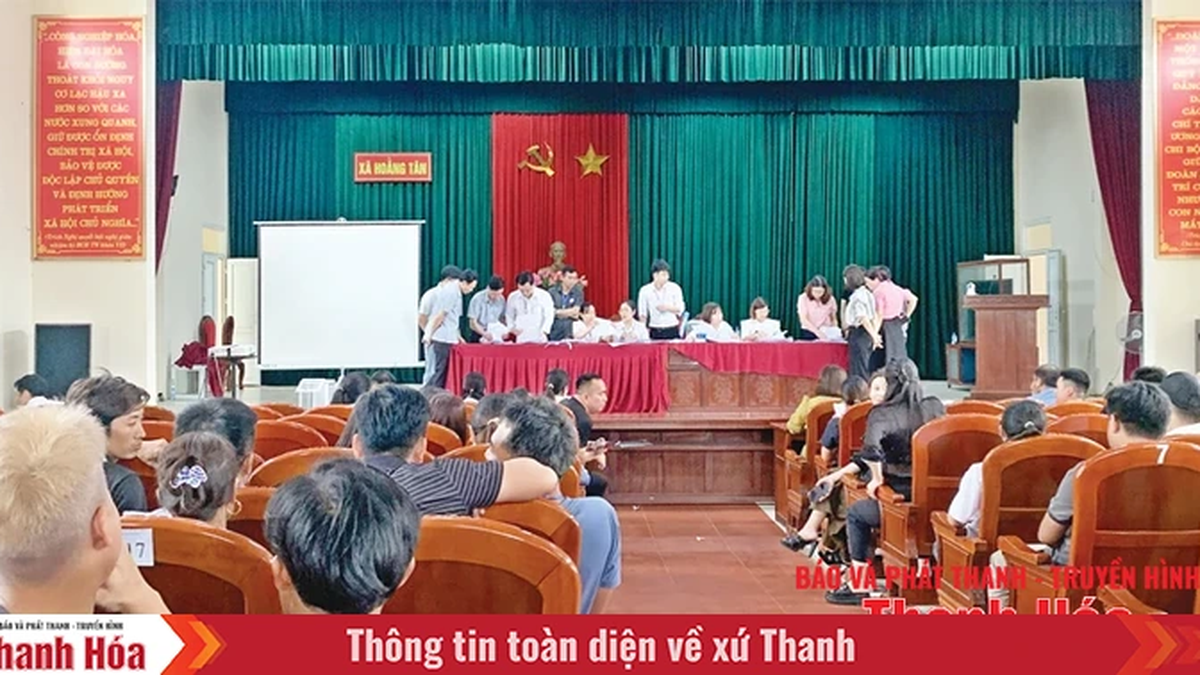




















![[Photo] Gia Lai provincial leaders offer flowers at Uncle Ho's Monument with the ethnic groups of the Central Highlands](https://vphoto.vietnam.vn/thumb/1200x675/vietnam/resource/IMAGE/2025/7/9/196438801da24b3cb6158d0501984818)
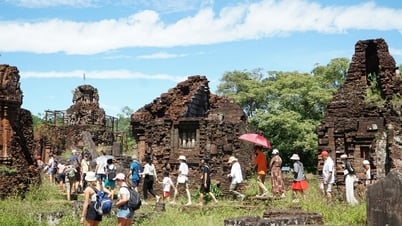

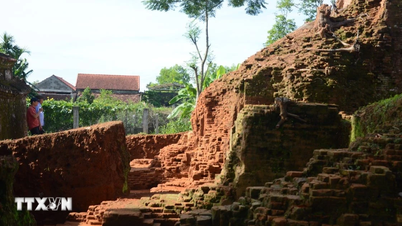
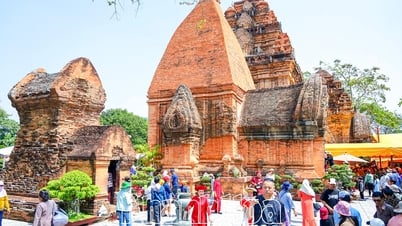

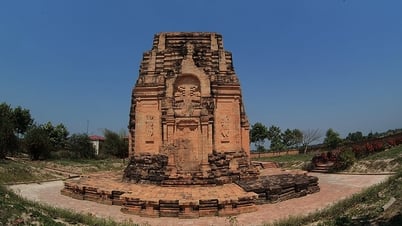

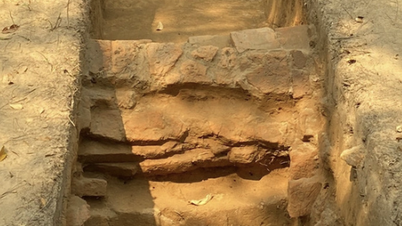

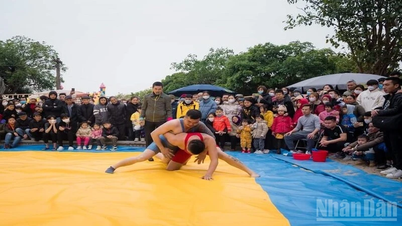



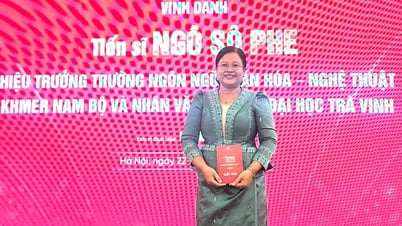

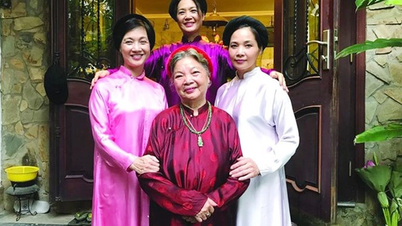







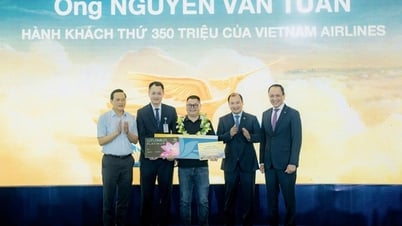

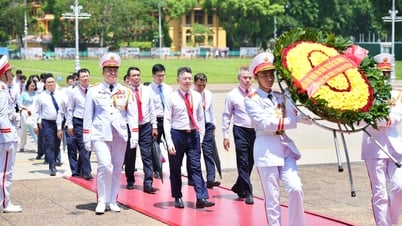

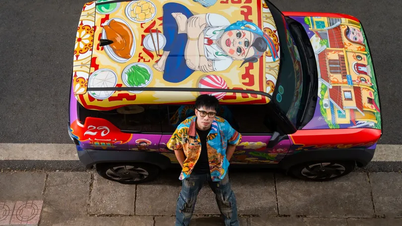



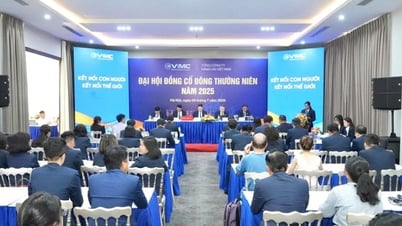





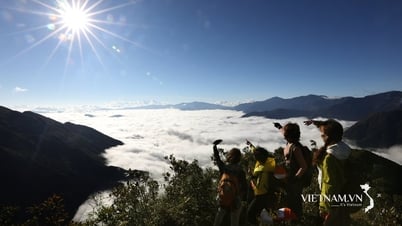



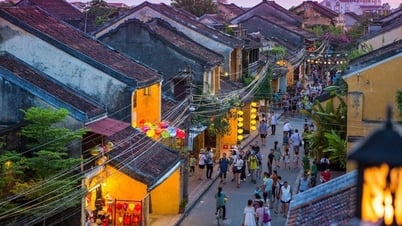
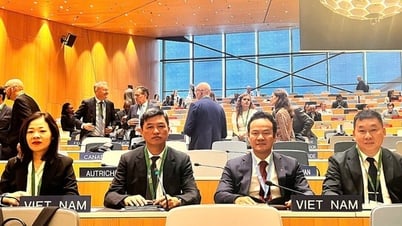




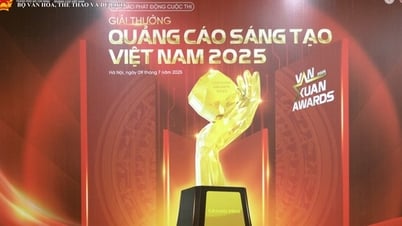







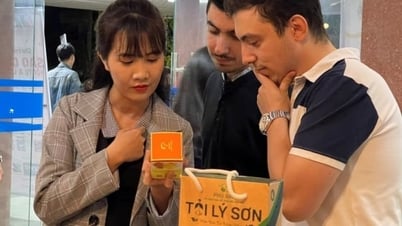



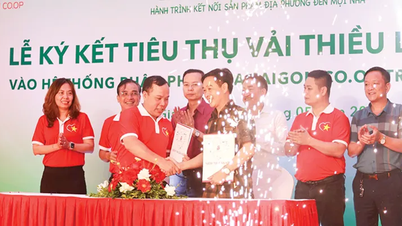
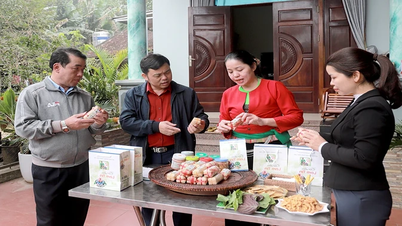




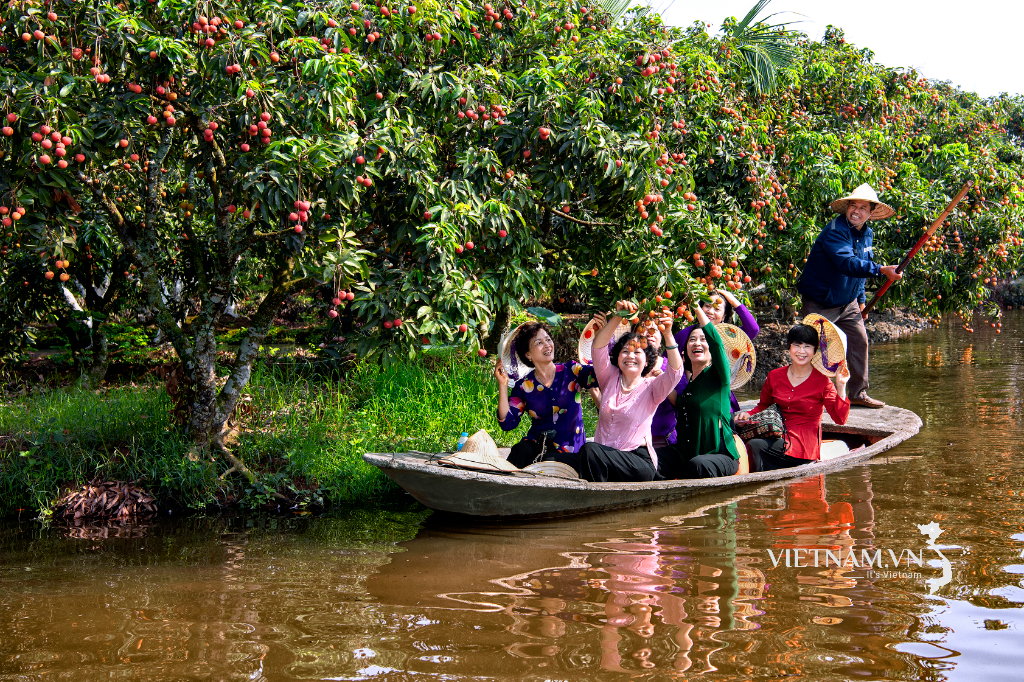
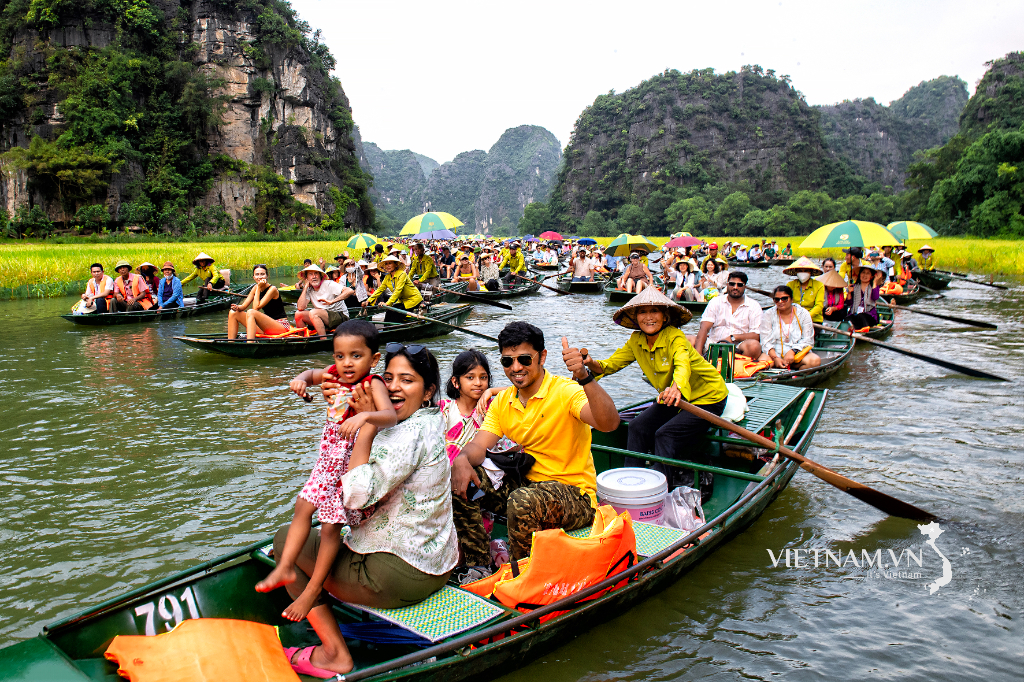
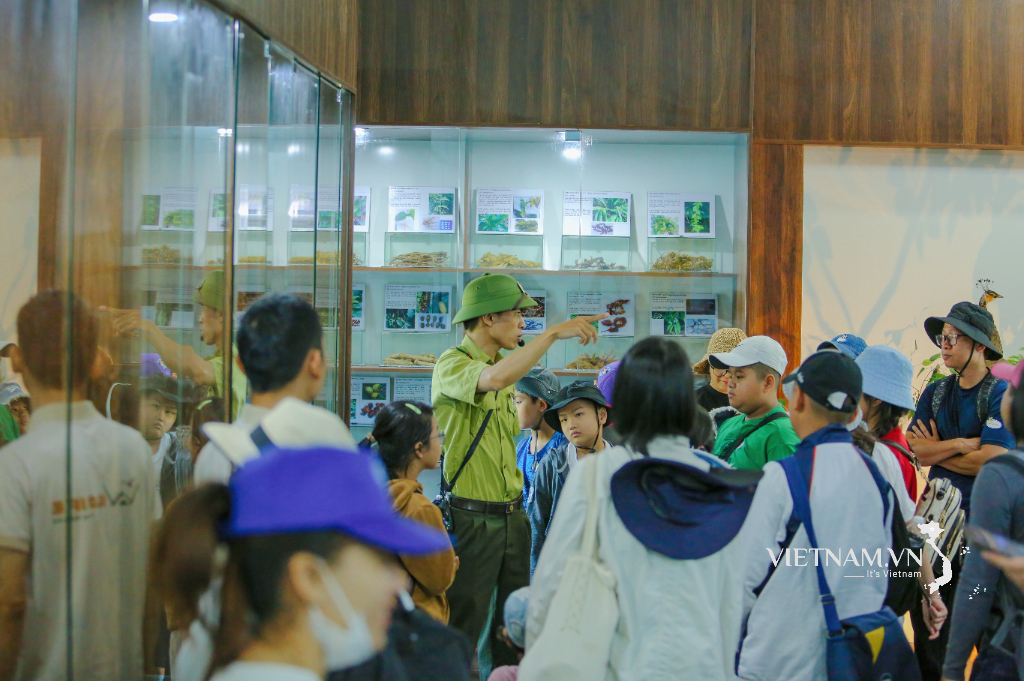

Comment (0)